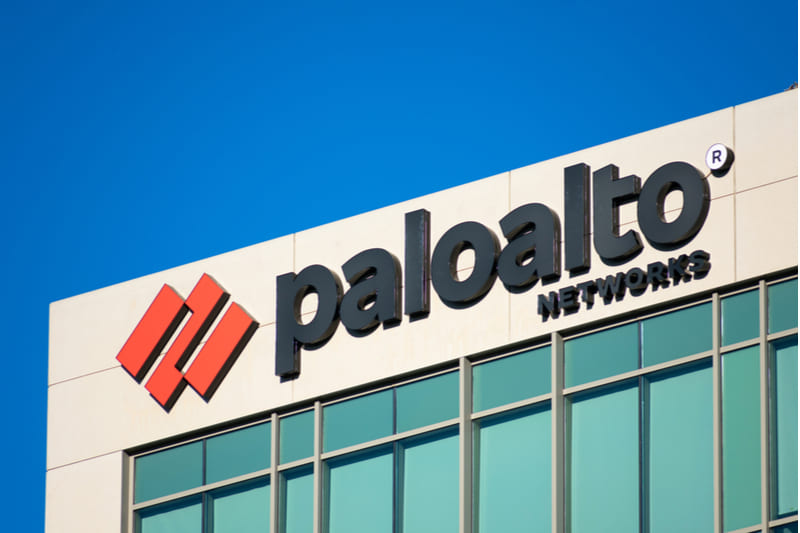S&P 500 slips, but losses kept in check as Nvidia climbs ahead of results
On Wednesday, shares of Palo Alto Networks (NASDAQ:PANW) saw a decline in after-hours trading, despite the cybersecurity firm’s third-quarter earnings report showcasing several strong performance metrics. With a market capitalization of $128.8 billion and trading near its InvestingPro Fair Value, the company maintains its position as a prominent player in the software industry. Stifel analysts reiterated their Buy rating and maintained a price target of $225.00 on the company’s stock.
The quarterly results highlighted a robust year-over-year growth in Next-Generation Security (NGS) Annual Recurring Revenue (ARR) by 34%, Total (EPA:TTEF) Revenue by 15%, and Product Revenue by 16%. According to InvestingPro data, the company maintains a strong 73.9% gross profit margin and has achieved a 13.9% revenue growth over the last twelve months. Palo Alto Networks also reported an operating margin of 27.4% and earnings per share (EPS) that exceeded market expectations.
However, the company’s shares slipped approximately 4% after the market closed, influenced by certain figures that did not meet analyst forecasts. The Remaining Performance Obligations (RPO) grew by 19% year-over-year, which was at the lower end of the company’s guidance and below expectations. Additionally, Subscription/Support revenue, gross margin, and Cash Flow from Operations (CFFO)/Free Cash Flow (FCF) were also below anticipated levels.
Despite these mixed outcomes, Palo Alto Networks continues to gain momentum with its platformization strategy, which includes a focus on areas such as Extended Security Incident and Event Management (XSIAM), artificial intelligence, and virtual firewalls. The company has seen growth across various geographies and maintains a stable demand for its firewall products.
Looking ahead, Palo Alto Networks has reaffirmed its fiscal year 2025 guidance for NGS ARR and RPO. Moreover, the company has raised the midpoint of its guidance for Revenue, Operating Margin, and Adjusted Free Cash Flow Margin. With an Altman Z-Score of 6.13 and an overall "GREAT" financial health rating from InvestingPro, which offers 13 additional valuable insights about the company’s performance, Palo Alto Networks appears well-positioned for future growth. In their commentary, Stifel analysts recognized a temporary pause in demand in April due to macroeconomic uncertainty, but noted that Palo Alto Networks is observing a return to stability and "business as usual" in the market demand environment.
In other recent news, Palo Alto Networks reported a 15% year-over-year revenue increase for its third fiscal quarter, reaching $2.29 billion, which exceeded consensus estimates. This growth was driven by a 16% rise in product revenue and a significant 34% increase in Next-Gen Security (NGS) Annual Recurring Revenue (ARR), reaching $5.09 billion. The company’s platformization strategy contributed to these results, with notable growth in areas such as Extended Security Integrated Adaptive Cybersecurity Model (XSIAM) and Secure Access Service Edge (SASE). Analysts from firms like Truist, BMO Capital Markets, RBC Capital Markets, and Rosenblatt Securities have maintained positive ratings on the company, with price targets ranging from $205 to $235. BMO and RBC highlighted Palo Alto Networks’ resilience in overcoming challenges related to tariffs and macroeconomic factors. Despite a slight dip in share price following the earnings report, Rosenblatt emphasized the company’s strong execution and profitability, with pro forma earnings per share beating estimates. Bernstein adjusted its price target slightly lower to $225 but maintained an Outperform rating, noting the company’s robust quarter-over-quarter growth forecast for NGS ARR. These developments indicate a continued positive outlook for Palo Alto Networks in the cybersecurity sector.
This article was generated with the support of AI and reviewed by an editor. For more information see our T&C.
